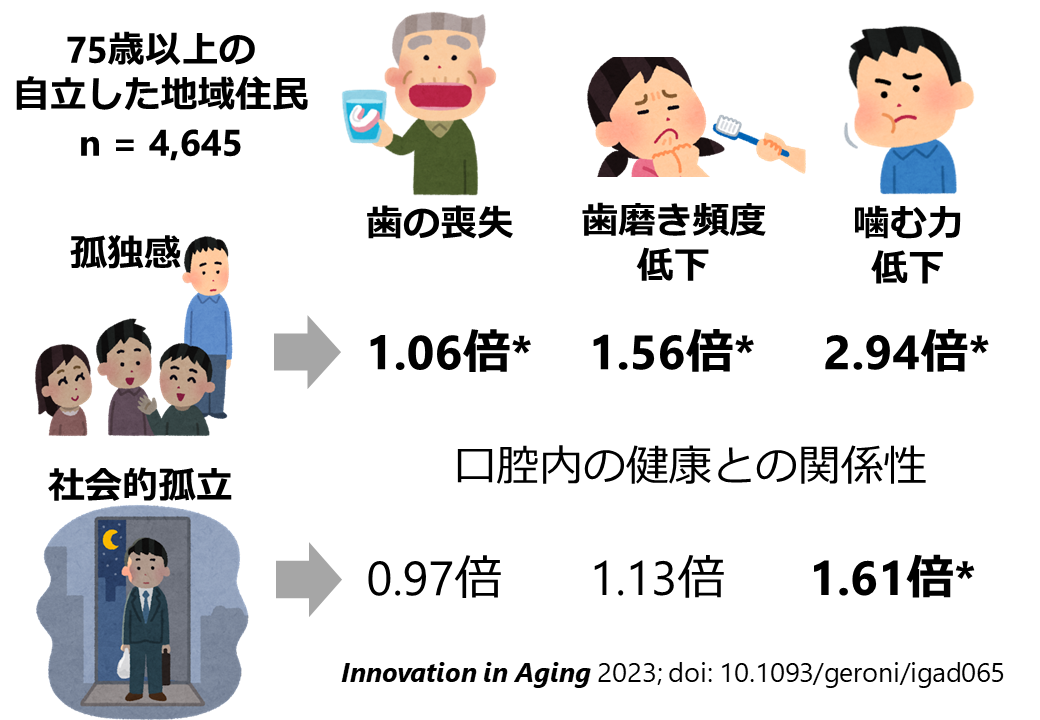Fumihito Ito, Postdoctoral fellow

Postdoctoral fellow
Fumihito Ito
Fumihito Ito, MD, PhD
Dr. Fumihito Ito joined our department as a graduate student in October 2015 and earned a PhD in medicine degree in March 2020. Dr. Ito was born in 1981 and has lived in Chiba Prefecture. Dr. Ito graduated from Fukushima Medical University, Faculty of Medicine and earned a MD degree in 2007.
Dr. Ito worked as an anesthesiology and emergency physician in Fukushima Prefecture. In the past, he has participated in several multicenter registries for emergency and intensive care, including severe sepsis registry in the Tohoku region. That opportunity motivated him to analyze these data from a variety of angles. While looking for a way to learn the methodology of such analysis, he discovered and enrolled in the Department of Clinical Epidemiology, Graduate School of Medicine, Fukushima Medical University. During his graduate student years, his research on traffic trauma caused by occupants of cars had enough impact on Japan to attract the attention of both newspapers and healthcare media. Dr. Ito will definitely continue to contribute to healthcare through delivery of clinical research.
[Academic affiliations and certifications]
Japanese Association for Acute Medicine (Board certified acute care physician)
Japanese Society of Anesthesiologists (Board certified anesthesiologist)
Japanese Society of Internal Medicine (Board certified member)
Japanese Society of Intensive Care Medicine
[Residency and clinical experience]
2007- Junior resident, Fukushima Prefectural Aizu General Hospital
2009- Department of General medicine, Ohta Nishinouchi Hospital
2011- Center for emergency and critical care & Anesthesiology, Ohta Nishinouchi Hospital
2019- Assistant professor, Anesthesiology department, International University of Health and Welfare (IUHW) Ichikawa Hospital
【Grants】
Grant for Research Support of Fukushima Medical University (Principal investigator)
【Selected papers: clinical research】
-
Takahashi S, Naganuma T, Kurita N#, Omae K, Ohnishi T, Yoshioka T, Ito F, Takeshima T, Fukuma S, Hamaguchi S, Fukuhara S. (#corresponding author)地域在住高齢者における社会的孤立・孤独感と歯の喪失の関係: 須賀川研究Innovation in Aging 2023; 7: 1-8. doi:10.1093/geroni/igad065
-
Naganuma T*, Takahashi S*, Takeshima T, Kurita N, Omae K, Yoshioka T, Ohnishi T, Ito F, Fukuma S, Hamaguchi S, Fukuhara S, and the Sukagawa Study Group (*equally contributed).コホートプロファイル:日本の超高齢集団に基づくコホート(須賀川研究)International Journal of Epidemiology 2021; 50: 727-727h. doi:10.1093/ije/dyaa285
-
Omae K, Kurita N, Takeshima T, Naganuma T, Takahashi S, Yoshioka T, Onishi T, Ito F, Hamaguchi S, Fukuhara S, and The Sukagawa Study Group.地域在住の高齢者における転倒の予測因子としての過活動性膀胱の意義The Journal of Urology 2021; 205: 219-225. doi:10.1097/JU.0000000000001344
-
Ito F, Tsutsumi Y, Shinohara K, Fukuhara S, Kurita N#. (#corresponding author)前面衝突事故の時には車の前面形状の違いが外傷重症度の違いに影響するPLoS ONE 2019; 14: e0223388. doi:10.1371/journal.pone.0223388
車はエンジンの位置の違いにより、「鼻のある」ボンネット型と、「鼻のない」キャブオーバー型のトラックおよびワゴンに分けられます。正面衝突事故で救急搬送された軽自動車の乗員943名を対象としたコホート研究により、四肢骨盤が重症化する可能性は、ボンネット型と比較して、トラックの場合に調整オッズ比で2.2倍、ワゴンの場合に3.4倍高くなることが明らかとなりました。また、頭部頸部が重症化する可能性は、ボンネット型と比較して、トラックの場合に調整オッズ比で2.0倍高くなることもわかりました。大学院生の伊藤 文人先生と一緒に主指導教員が研究を着想し、解析論文化を指導しました。福島県にも還元しうる知見を得ました。太田西ノ内病院の篠原一彰先生、救急医で交通外傷に詳しい堤悠介先生、福原先生のお蔭でもありますため、筆頭著者・主指導教員ともにこの機会を頂いたことに大変感謝しております
-
Omae K, Yamamoto Y, Kurita N, Takeshima T, Naganuma T, Takahashi S, Ohnishi T, Ito F, Yoshioka T, Fukuhara S, and The Sukagawa Study Group健康な地域在住超高齢者における歩行速度と過活動膀胱:須賀川研究Neurourology and Urodynamics 2019; 38: 2324-2332. doi:10.1002/nau.24148
[ Selected conference presentation ]
Fumihito Ito, Yusuke Tsutsumi, Kazuaki Shinohara, Shunichi Fukuhara, Noriaki Kurita.
Is the traffic trauma caused by passengers in a "noseless" car more severe? - A comparative cohort study of cab-over and bonnet vehicles
The 46th Annual Meeting of the Japanese Association for Acute Medicine, Nov 19-21, 2018, Yokohama (O08-2)
Introduced in Nikkei Medical. [The shape of the car's "nose" makes a difference in the body-specific severity of traffic trauma]
Featured in the Yomiuri Shimbun. [The shape of the vehicle affects the degree of injury. Yomiuri Shimbun, Fukushima Edition. Daily, January 14, 2019, page 23.]



